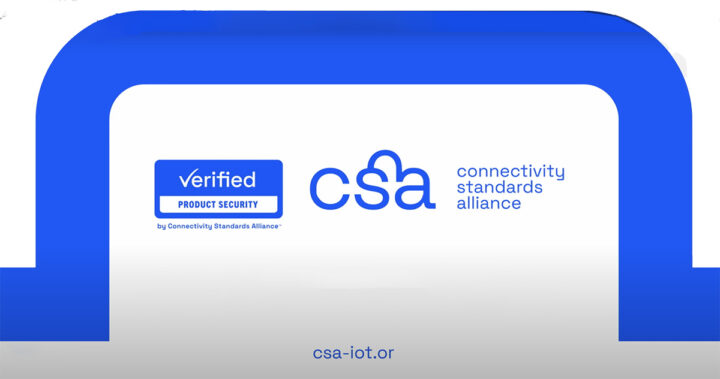The Connectivity Standards Alliance has recently introduced its IoT Device Security Specification 1.0, a way to defragment many security standards into one.
This common scheme and certification standard will ensure that devices meet local requirements in each country. With this approach, a single test from the alliance ensures that the product can be sold globally without any compliance issues.
IoT Device Security Specification 1.0 at a glance:
- Unified Security Standard – Integrates the major cybersecurity baselines from the United States, Singapore, and Europe into one comprehensive framework.
- Product Security Verified Mark – A new certification mark that indicates compliance with the IoT Device Security Specification, designed to enhance consumer trust and product marketability.
- No Hardcoded Default Passwords – Ensures all IoT devices utilize unique authentication credentials out of the box, improving initial security.
- Unique Identity for Each Device – Assigns a distinct identity to every device, crucial for traceability and secure management.
- Secure Data Storage – Mandates that all sensitive information on devices be stored securely to prevent unauthorized access.
- Secure Communications – Requires encryption and other security measures to transfer security-sensitive information.
- Regular Secure Software Updates – Devices must support secure update mechanisms throughout their supported life to defend against emerging threats.
- Vulnerability Management – Includes a rigorous development process that ensures vulnerability handling and patching.
- Public Security Documentation – Requires manufacturers to provide clear, accessible documentation about the device’s security features and support period.
- Wide Industry Collaboration – Nearly 200 member companies including tech giants like Amazon, Google, and Infineon Technologies AG, contribute to the framework, ensuring a broad adoption and relevance across various sectors.
- Broad Application Spectrum – Applicable to a wide array of smart devices, from residential IoT products like lighting and cameras to more complex systems.
- Streamlined Certification Process – By consolidating various international requirements, the certification process is simplified, enabling manufacturers to achieve compliance for multiple regions simultaneously.
Manufacturers meeting the IoT DSS standards will receive a CSA-verified mark and a link detailing the device’s security measures. Currently, the IoT DSS standard combines key IoT requirements from the U.S., Singapore, and Europe, with plans to integrate future global security updates.
The new standard will ensure security measures to secure hardware right from the start. They dictate how IoT devices communicate and update to prevent them from quickly becoming outdated. Security now also needs to be tighter around data storage. Both hardware and software developers must use simple, secure methods to avoid vulnerabilities. and most important of all the documentation related to device security must be publicly accessible to the end users.
Overall, the IoT Device Security Specification 1.0 will speed up entry into global markets and improve security. more information about the topic can be found on their press release page some other information is also available on their product-security page, and other details can be found on their specifications page.
Debashis Das is a technical content writer and embedded engineer with over five years of experience in the industry. With expertise in Embedded C, PCB Design, and SEO optimization, he effectively blends difficult technical topics with clear communication
Support CNX Software! Donate via cryptocurrencies, become a Patron on Patreon, or purchase goods on Amazon or Aliexpress. We also use affiliate links in articles to earn commissions if you make a purchase after clicking on those links.







They finally put the ‘S’ in IoT, heheh.
Shitty?
See attachment